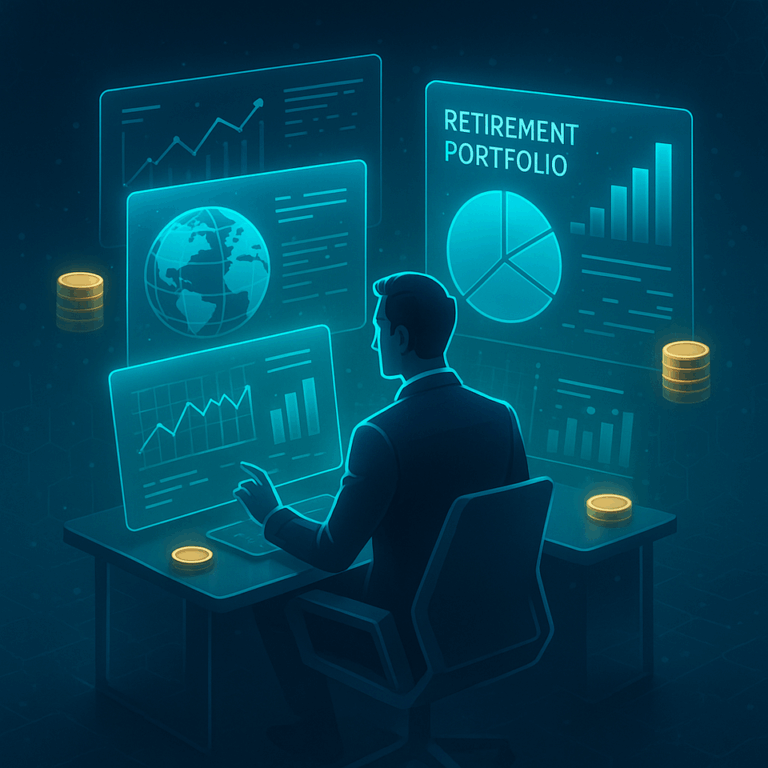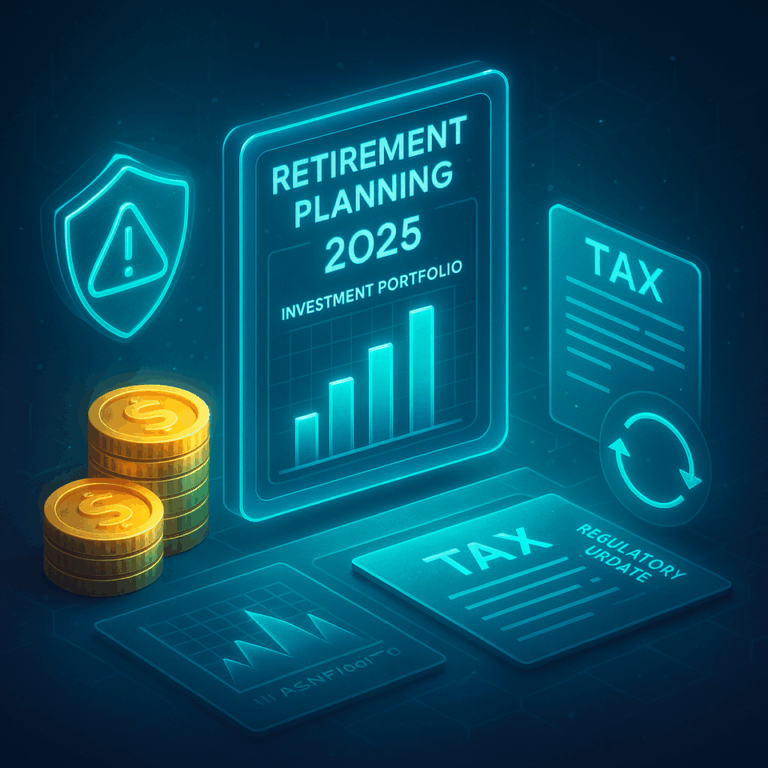Retirement planning in 2025 is not what it used to be. The traditional model—working for decades and relying on pensions or savings—has evolved into a dynamic, personalized strategy shaped by technology, longevity, and global financial transformation.
Today’s retirees face longer life expectancies, changing labor markets, and new investment opportunities that require flexible and informed planning. The focus has shifted from simply accumulating wealth to designing sustainable income streams that adapt to inflation, healthcare needs, and lifestyle goals.
As societies age and economies digitalize, understanding how to plan effectively for retirement has become more critical than ever.
Key Trends Redefining Retirement Planning
1. Longevity and Extended Lifespans
Advances in medicine and wellness have extended average life expectancy across much of the world. This means retirement savings must now sustain individuals for 25 to 35 years—or even longer.
Financial planners increasingly emphasize longevity risk management, ensuring portfolios can support decades of expenses. This includes balancing growth-oriented investments with income stability and incorporating health and long-term care coverage into retirement strategies.
2. The Shift Toward Personalized Retirement Strategies
In 2025, one-size-fits-all retirement plans have become outdated. Financial institutions and advisors are using data analytics and AI to tailor savings and investment strategies to each individual’s risk tolerance, career path, and life expectancy.
This personalization allows retirees to make better decisions about when to claim benefits, how to allocate assets, and how to manage withdrawals without depleting funds prematurely.
3. The Role of Technology in Retirement Management
Digital innovation has revolutionized how people plan for and manage retirement. AI-powered financial tools, robo-advisors, and simulation software allow users to model different scenarios—projecting how inflation, taxes, or healthcare costs might impact their retirement outcomes.
Mobile platforms also make it easier for retirees to track expenses, manage investment income, and receive real-time financial insights. This technology-driven transparency empowers individuals to stay engaged and informed throughout their retirement journey.
4. The Rise of Self-Directed Retirement Accounts
Many professionals now prefer to maintain direct control over their retirement investments. Self-directed retirement accounts enable individuals to diversify beyond traditional mutual funds and include alternative assets such as real estate, ETFs, and even regulated digital investments.
This trend toward autonomy reflects a broader cultural shift—retirees are more financially educated, more digitally savvy, and more proactive about managing their portfolios.
5. Balancing Growth and Security
With inflation and interest rates fluctuating, retirees must balance the need for capital preservation with the pursuit of returns that outpace inflation.
Diversified portfolios that include a mix of equities, bonds, inflation-protected securities, and real assets provide stability while allowing moderate growth. The concept of “dynamic withdrawal strategies” has also gained traction—adjusting income withdrawals annually based on market performance to preserve longevity of funds.
Addressing Healthcare and Long-Term Care Costs
Healthcare remains one of the largest and most unpredictable expenses in retirement. In 2025, many retirees are adopting integrated financial-health strategies that combine insurance products, health savings accounts (HSAs), and wellness-based incentives.
Some insurance companies now offer hybrid policies that merge long-term care and life insurance, providing flexibility and security in one product. Meanwhile, technological advances in telemedicine and digital health monitoring are helping retirees reduce costs while maintaining quality care.
Planning for healthcare is no longer an afterthought—it is a central pillar of retirement readiness.
The Growing Importance of Sustainable and Ethical Investing
Environmental and social responsibility are increasingly influencing retirement portfolios. Many retirees in 2025 prefer to align their investments with their values through sustainable, ESG-focused funds.
These funds not only contribute to positive societal impact but also offer strong long-term performance. Research shows that companies with strong environmental, social, and governance practices often demonstrate resilience and profitability, making them attractive additions to retirement portfolios.
Sustainability is now viewed as both a moral and financial advantage in long-term planning.
Inflation, Taxes, and Income Stability
Inflation remains a key challenge for retirees living on fixed incomes. To mitigate this, many are turning to inflation-linked bonds, dividend-paying stocks, and rental income streams.
At the same time, tax efficiency has become essential. Strategically managing withdrawals from taxable, tax-deferred, and tax-free accounts helps preserve capital and minimize liabilities.
Retirees in 2025 are also more mindful of currency diversification—particularly those living abroad or holding assets in multiple markets—ensuring their income remains stable despite regional fluctuations.
Retirement Beyond Borders: The Rise of Global Living
Globalization has opened the door to “geo-retirement”—the growing trend of retirees relocating abroad to stretch their savings while enjoying a better quality of life.
Countries in Latin America, Europe, and Southeast Asia are popular for their lower cost of living, affordable healthcare, and favorable visa policies. Retirees who plan internationally must consider exchange rates, tax treaties, and cross-border banking systems to maintain seamless access to their income.
Technology has made managing international finances easier, allowing retirees to live globally while remaining financially connected to their home markets.
Behavioral Finance and Emotional Readiness
Retirement planning is not just financial—it’s also psychological. The transition from active employment to retirement can challenge an individual’s sense of purpose and identity.
In 2025, financial advisors increasingly incorporate behavioral finance into retirement coaching. They help clients balance emotional well-being with financial goals, emphasizing spending discipline and long-term mindset over short-term market reactions.
Creating a fulfilling retirement lifestyle often includes continued learning, volunteer work, and part-time consulting, which provide both mental engagement and supplemental income.
The Future of Retirement Planning
Looking ahead, the retirement landscape will continue to evolve as longevity increases and technology integrates deeper into financial systems.
Future retirees will rely on AI-driven adaptive portfolios, real-time analytics, and global diversification to ensure financial independence. Governments and institutions are expected to expand pension reforms and promote hybrid public-private retirement systems to accommodate changing demographics.
The future of retirement planning is holistic—combining financial literacy, health awareness, sustainability, and adaptability.
Conclusions
Retirement planning in 2025 is no longer just about saving—it’s about creating a flexible, resilient, and meaningful financial framework for the future.
Through a combination of technology, diversification, and personalized strategies, modern retirees are empowered to manage longer lifespans, healthcare costs, and evolving market dynamics with confidence.
By focusing on education, sustainability, and adaptability, individuals can transform retirement from a period of uncertainty into one of opportunity—living longer, healthier, and financially independent lives.







